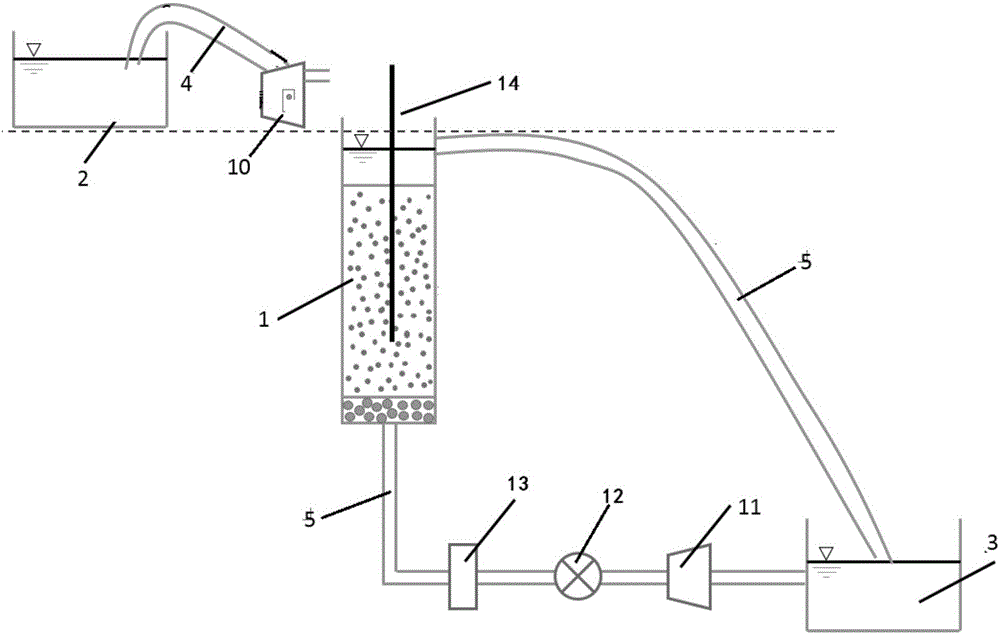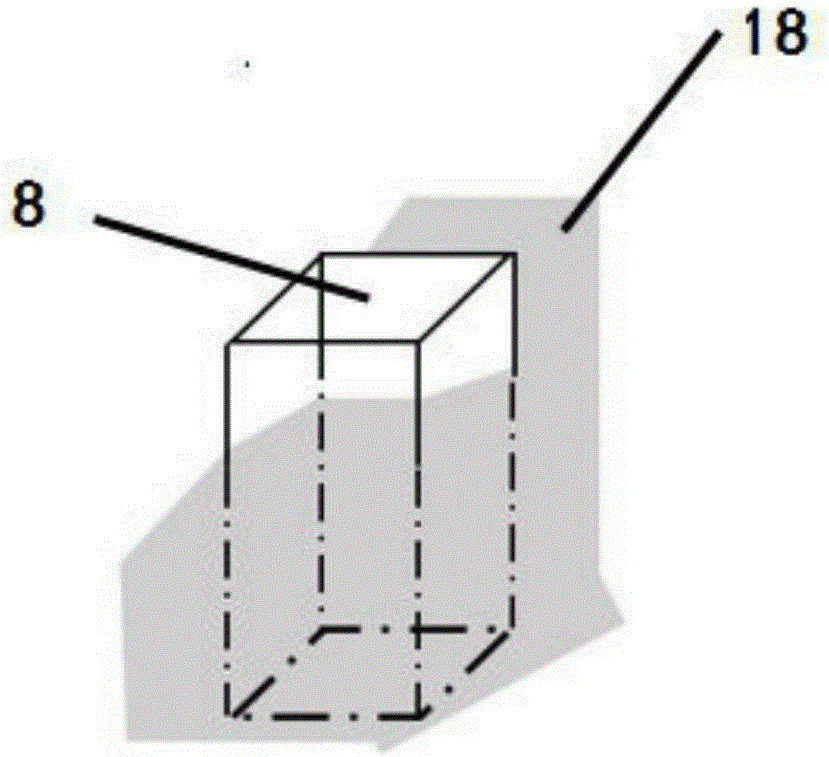Experimental system and experimental method for monitoring release of pollutants from bottom sediment in flood process
An experimental system and technology for pollutants, applied in the field of experimental systems for monitoring the release of pollutants in sediments during flooding, can solve problems such as secondary pollution of rivers, blurred pollutants, and release into surface water, saving manpower and time, Maintain stability and design flexibility
- Summary
- Abstract
- Description
- Claims
- Application Information
AI Technical Summary
Problems solved by technology
Method used
Image
Examples
Embodiment Construction
[0030] The technical solution of the present invention will be further described below in conjunction with the accompanying drawings.
[0031] An experimental system for monitoring the release of pollutants in bottom mud during a flood process according to the present invention includes a polluted sand sample mixing device, a sand wave preparation monitoring device and a sampling device. The polluted sand sample mixing device is used to mix clean water-sand mixture and pollutants with a certain concentration ratio of NaCl and dye to form polluted sand samples. The sand wave preparation monitoring device is used to prepare mixed polluted sand samples into sand waves, and simultaneously monitor the release and temporal and spatial distribution of pollutants in a flood process. The sampling device is used to sample the prepared sand wave to obtain the spatial variation of pollutants in each layer of the sand wave.
[0032] Such as figure 1 As shown, the contaminated sand sample...
PUM
 Login to View More
Login to View More Abstract
Description
Claims
Application Information
 Login to View More
Login to View More - R&D
- Intellectual Property
- Life Sciences
- Materials
- Tech Scout
- Unparalleled Data Quality
- Higher Quality Content
- 60% Fewer Hallucinations
Browse by: Latest US Patents, China's latest patents, Technical Efficacy Thesaurus, Application Domain, Technology Topic, Popular Technical Reports.
© 2025 PatSnap. All rights reserved.Legal|Privacy policy|Modern Slavery Act Transparency Statement|Sitemap|About US| Contact US: help@patsnap.com



